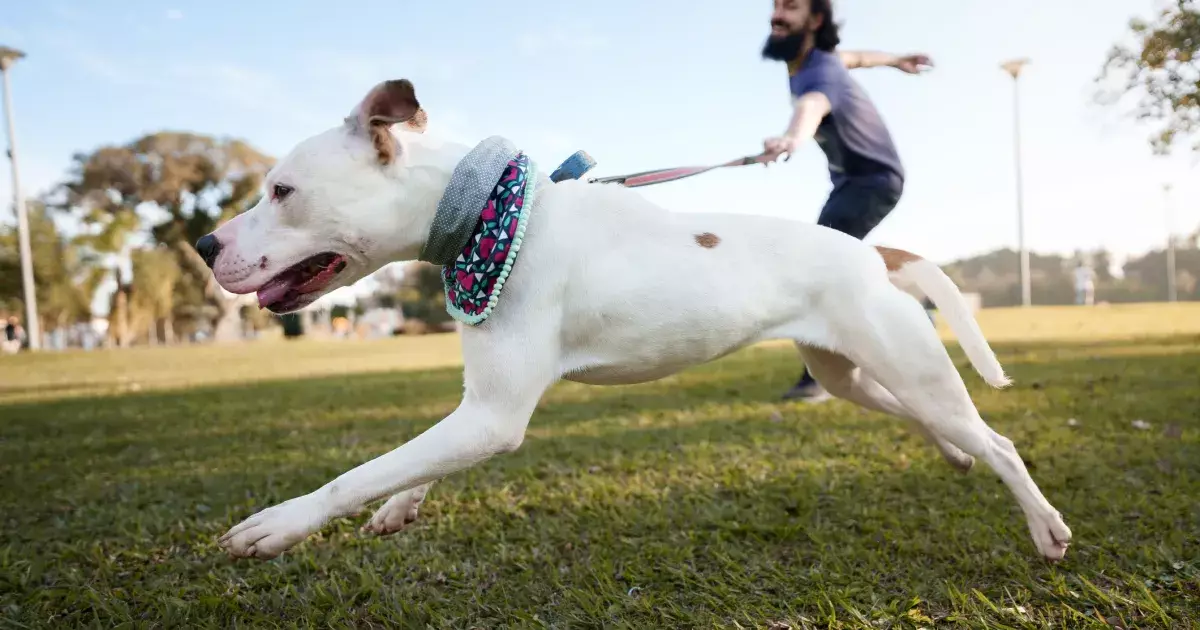Walking a dog can be a rewarding experience, but for many pet owners, the simple act of strolling down the street can quickly turn into a tug-of-war. Dogs pulling on their leashes is a common challenge that numerous dog parents face. Fortunately, with dedication and the right techniques, this behavior can be corrected, leading to enjoyable walks for both you and your furry companion.
Before diving into solutions, it’s essential to understand why dogs pull on the leash in the first place. For many dogs, pulling is a learned behavior often reinforced by the dog’s desire to reach a new scent, another dog, or simply to move faster. When a dog pulls and is rewarded by reaching its destination, it creates an association: pulling = getting what I want. Therefore, it’s crucial to break this cycle by establishing new associations during walks.
The first step in teaching your dog not to pull is committing to a new approach. The rule is simple yet effective: your dog won’t get anywhere by pulling. This may initially mean that walks take longer as you’ll frequently stop when your dog begins to pull. Stopping is fundamental; it teaches your pet that pulling is counterproductive. Every time the leash becomes taut, pause and call your dog back toward you. This brief intermission sends the message that pulling will lead to a halt in progress.
Once your dog returns to your side, reward them to reinforce the positive behavior. You can either resume walking or change direction entirely—either method maintains engagement with your dog. It’s beneficial to have small treats at hand to reward your dog for walking closely without pulling. Verbal praise works wonders too; communicate your approval enthusiastically to further motivate your pup. Don’t be disheartened if progress is slow; the first few weeks may feel repetitive as your dog learns that pulling offers no rewards.
Equipping yourself and your dog with the proper gear is vital. A flat-buckle collar combined with a 4 to 6-foot leash is recommended. Flexi-leashes, while popular, can inadvertently train dogs to pull more since the extended length can create tension that encourages them to pull forward. During the training process, ensure that your tools promote loose-leash walking, which is essential for effective training.
Additionally, keeping a progress log can help solidify your training regimen. Document small successes—two steps without pulling, or a half block walked calmly. This visual representation of improvement can be both motivational and enlightening, allowing you to see your efforts in progress.
It’s crucial to understand that strict leash training doesn’t mean total deprivation of fun and freedom. For energetic dogs, sometimes a harness allows for more natural playtime when unleashed. This way, dogs can freely romp, chase balls, or explore without the constraints of leash training. However, once the leash is clipped back onto their collar, it’s back to the no-pulling rule.
Provide ample opportunities for exercise in situations where your dog can be more the dog they are. A harness worn for play activities reminds your pup that there are different ‘rules’ in place. After their playtime by fantasying their new-found freedom, they will be ready to return to the leash training sessions with a refreshed mindset.
Ultimately, the road to loose-leash walking is paved with consistency and patience. Reinforcement of positive behavior through praise and treats is paramount in shaping your dog’s understanding. The journey may test your limits at times, especially if it feels like you’re repeating yourself on your walks, but the payoff is worth it. With time, practice, and an unwavering commitment, both you and your dog will enjoy a newfound bond and a more harmonious walking experience, devoid of the familiar strain of pulling. Embrace the journey, and remember, every small step counts toward the goal of a pleasant and respectful partnership on your daily walks.

